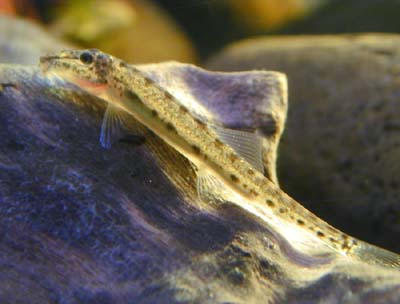
Is your aquarium looking a bit too green for comfort? You might want to consider enlisting the help of loaches, nature’s little custodians. Let's dive into the world of loaches, specifically the Reticulated Hillstream Loach, and discover how they can help manage algae growth in your aquarium.
Why Hillstream Loaches Are Ideal for Algae Control
Reticulated Hillstream Loaches, known scientifically as Sewellia lineolata, are like tiny underwater vacuums. These captivating fish, with their flattened bodies that resemble miniature stingrays, have a unique ability to cling to smooth surfaces. This makes them experts at scraping algae off tank walls, rocks, and even plant leaves—ideal for dealing with brown algae, green spot algae, and those pesky diatoms that plague aquariums.
Native to the fast-flowing streams of Vietnam, Laos, and Cambodia, these loaches thrive in well-oxygenated tanks with strong currents that mimic their natural habitat. If you have an aquarium with a capacity of at least 70 liters, and you're able to simulate their preferred environment with a wave pump and lower water temperatures, these fish will make excellent algae-eating companions.
To better understand their behavior and environmental needs, a deeper dive into the broader loach family is helpful. It provides valuable context about their natural habitats and why they’re so effective at cleaning algae.
More Than Just Algae Eaters
While Hillstream Loaches are great at munching on algae, they can't live on algae alone. In the wild, their diet includes small aquatic crustaceans. To ensure their health in captivity, supplement their algae diet with high-quality alternatives like Repashy gel food, sinking wafers, and small portions of frozen spirulina brine shrimp. Blanched vegetables are also a nutritious addition to their meals.
Here’s a simple breakdown of the diet needs for these loaches:
| Diet Component | In the Wild | In Aquarium |
|---|---|---|
| Primary Food | Aquatic Crustaceans, Algae | Algae, Repashy Gel Food |
| Supplementary Food | N/A | Sinking Wafers, Spirulina Brine Shrimp |
| Occasional Treats | N/A | Blanched Vegetables |

Breeding and Social Dynamics
Interested in breeding Hillstream Loaches? It's important to provide them with plenty of hiding spots and a well-maintained tank rich in food sources. Females, identifiable by their plumper shape, along with their male counterparts, can become territorial. To balance aggression, it's recommended to either keep them singly or in groups of four to six.
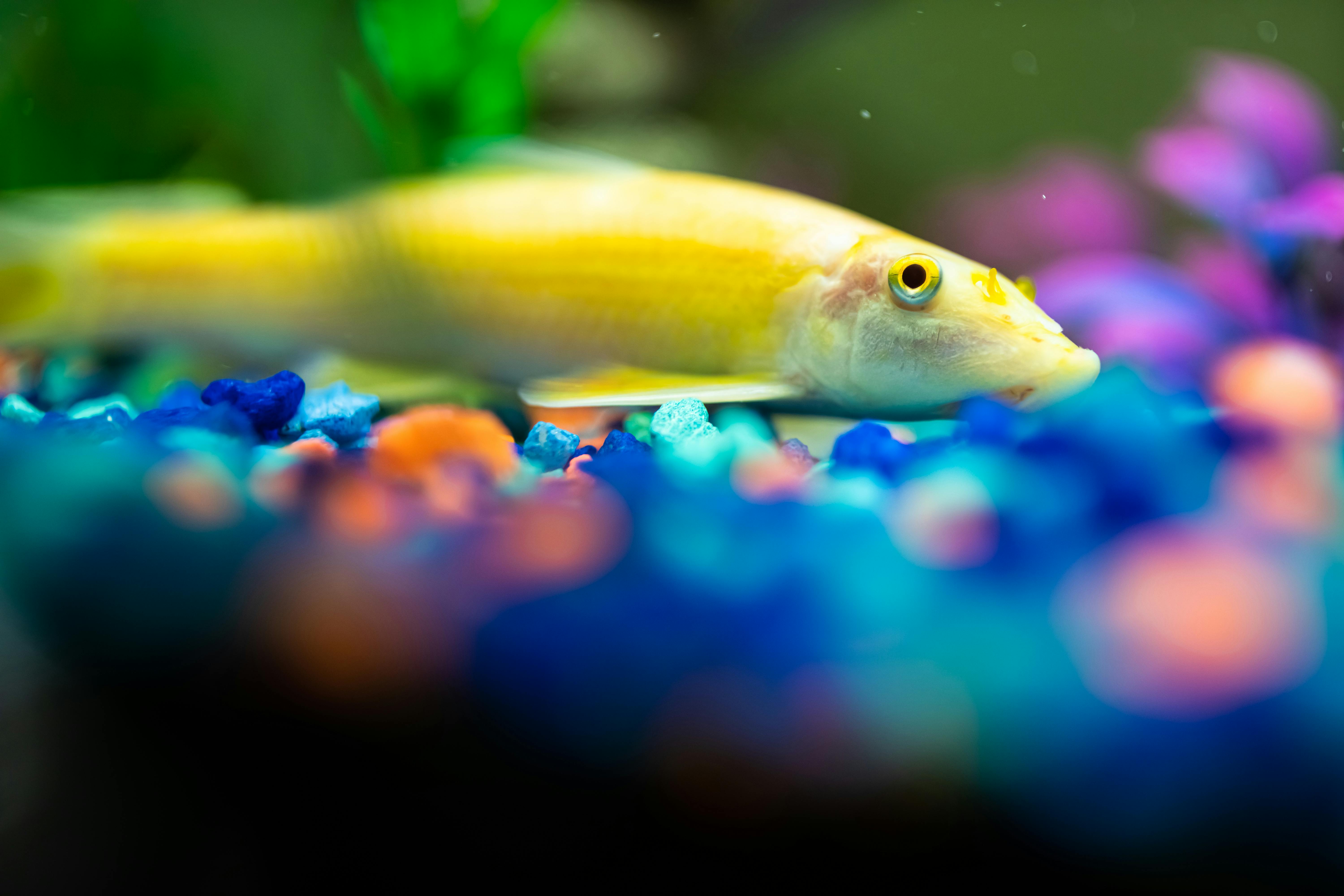
A Nuanced Role in Pond Environments
Beyond aquariums, loaches like Pond and Weather Loaches play a slightly different role in pond environments. They can help control algae but are less effective than their aquarium counterparts. If you're managing a pond, combining them with other algae-eating fish like the Siamese Algae Eater could yield better results.
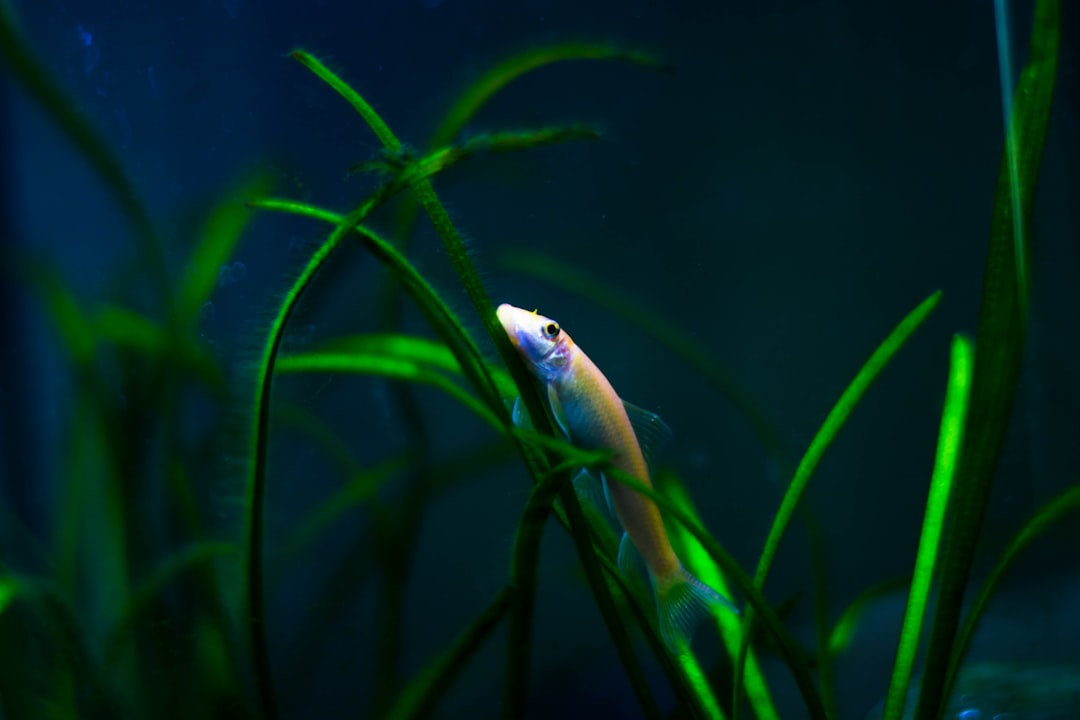
With their ability to maintain cleanliness, Hillstream Loaches aren't just a functional addition to your aquarium—they're a conversation starter too. If you've got a loach tale or tips on algae management, feel free to share with our community of fellow fish enthusiasts. Your insights could be just what someone else needs to clear up their aquatic view!
Hikari Mini Algae Wafers Fish Food
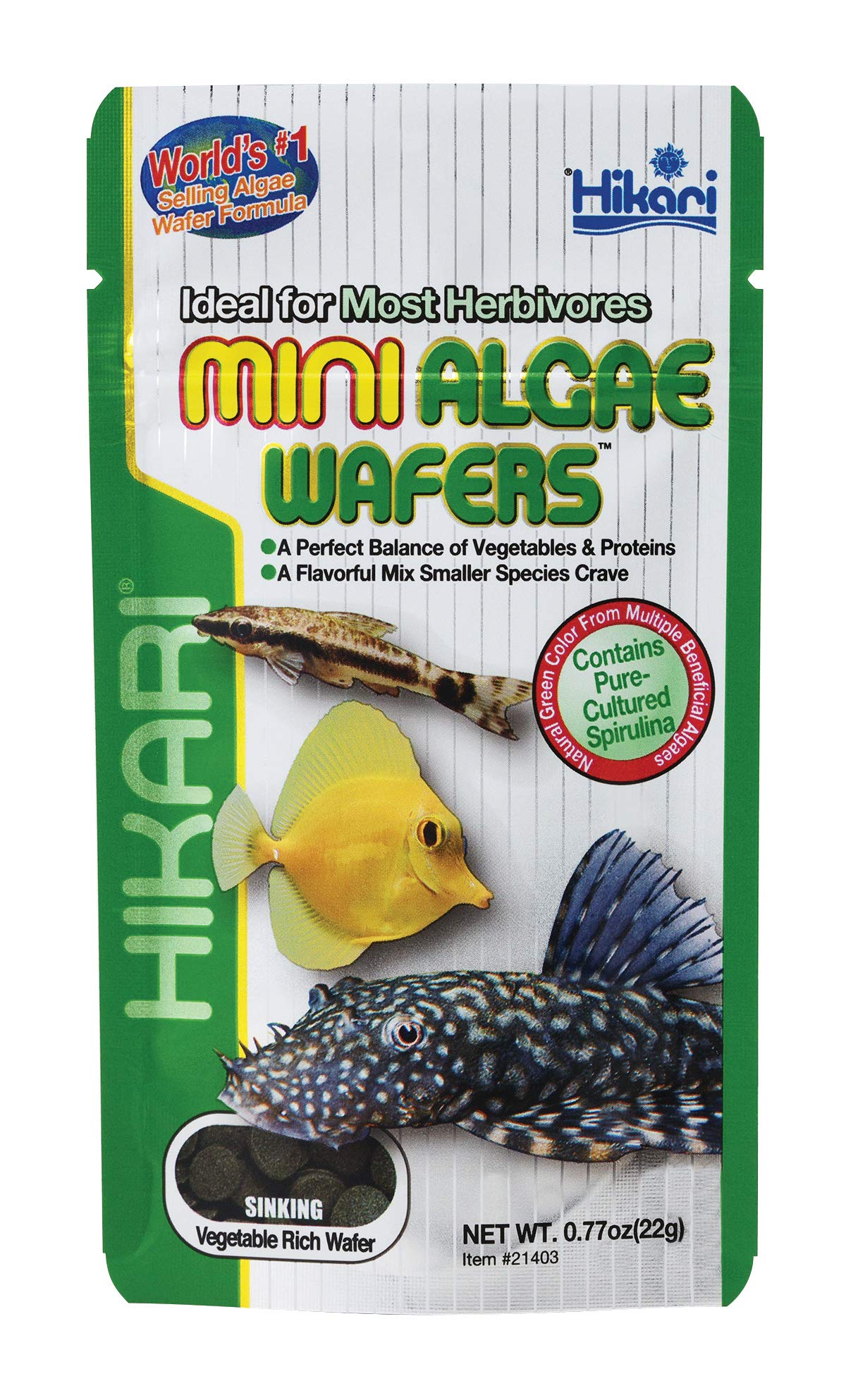
Hikari Mini Algae Wafers provide an ideal diet for herbivorous fish. Crafted with a perfect balance of vegetables and proteins, these sinking wafers are rich in pure-cultured spirulina, making them nutritious and appealing. Designed to satisfy the cravings of smaller species, they're a must-have for any aquatic enthusiast seeking vibrant and healthy fish. Treat your underwater friends to the world's #1 selling algae wafer formula today!
Aqueon Shrimp Pellets Fish Food, 6.5 oz
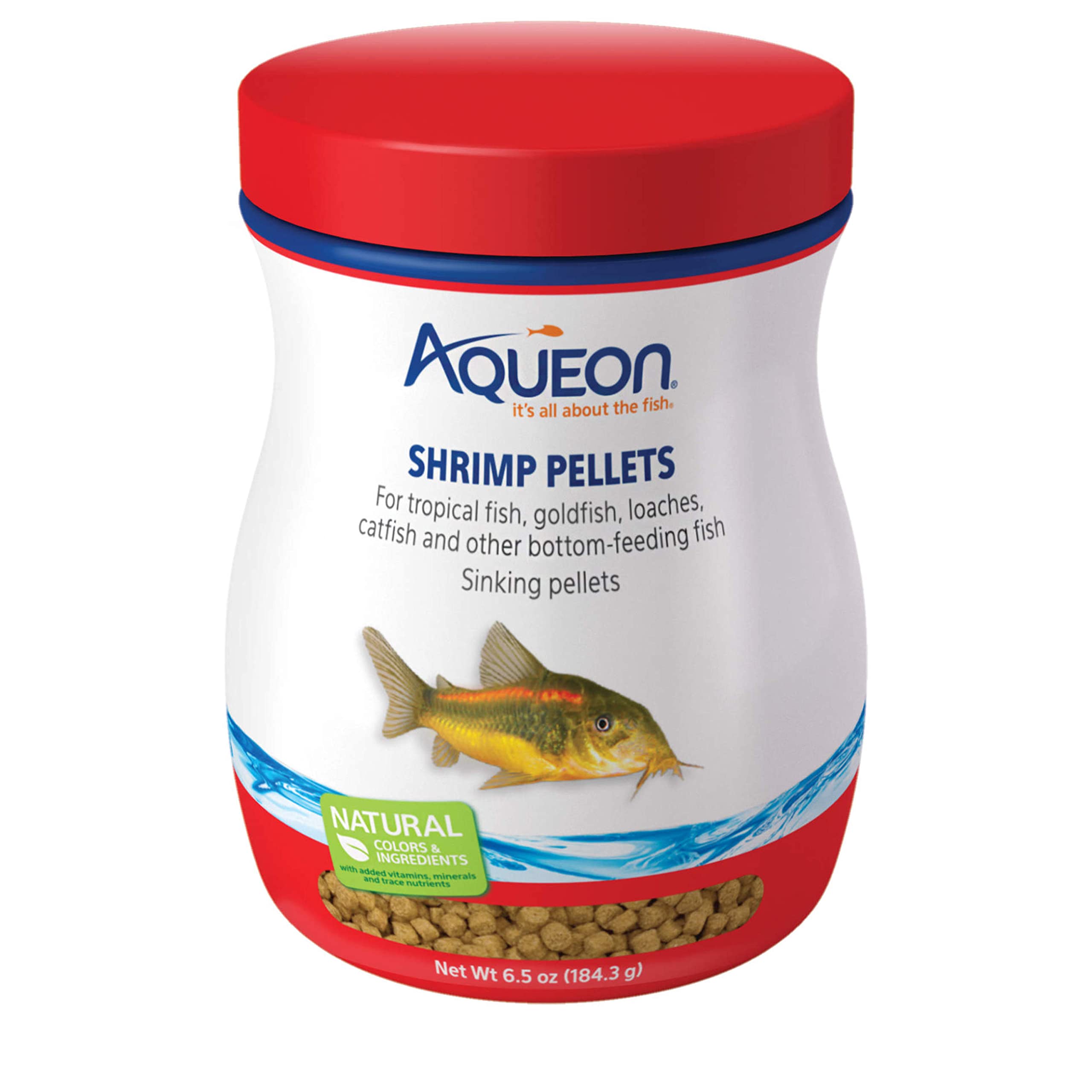
Elevate your aquarium care with Aqueon Shrimp Pellets, specially formulated for tropical fish, goldfish, loaches, and catfish. These sinking pellets provide balanced nutrition with natural colors and ingredients, plus added vitamins and minerals. Perfect for bottom-feeding fish, they promote healthy growth and vibrant colors. Treat your underwater friends to a nutritious meal they'll love!
Frequently Asked Questions
Do loaches eat algae?
Yes, many species of loaches, such as hillstream loaches, are known to eat algae. They have specially adapted mouths that make them effective at cleaning algae from flat surfaces like glass and plants in an aquarium.
What should I feed my loaches?
Loaches thrive on a varied diet that includes dry flakes, sinking wafers, and pellets. They also enjoy frozen or live meaty food such as bloodworms and brine shrimp. Adding vegetable matter or algae can provide additional nutrition.
How do loaches help in algae control?
Loaches help control algae by feeding on it, especially certain types like diatom algae that grow on flat surfaces. They are natural cleaners in aquariums and can reduce the need for manual algae removal.
Which other algae-eating species can I add to my aquarium?
Besides loaches, you can add species like Otocinclus catfish, Amano shrimp, and certain plecos for effective algae control. These species are excellent at cleaning various types of algae in aquariums.
Are there other ways to manage algae in my aquarium?
Yes, you can reduce algae growth by controlling light exposure, minimizing nutrient buildup, and performing regular water changes. Using natural algae-eaters like loaches is an effective complementary method.
Incorporating loaches into your aquarium not only keeps your tank clean but also adds a touch of nature’s magic. If you're fascinated by these delightful creatures and want to explore more about aquarium care, why not join our community on Facebook? We love sharing tips and stories about aquatic life! For a visual journey through unique aquascapes, check out our Instagram feed. Feeling inspired? Dive into more ideas on our Pinterest boards. And don't forget to follow us on X (formerly Twitter) for the latest updates and lively chats with fellow aquarium enthusiasts. Let's connect and dive deeper into the enchanting world of loaches together!
